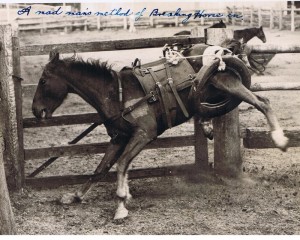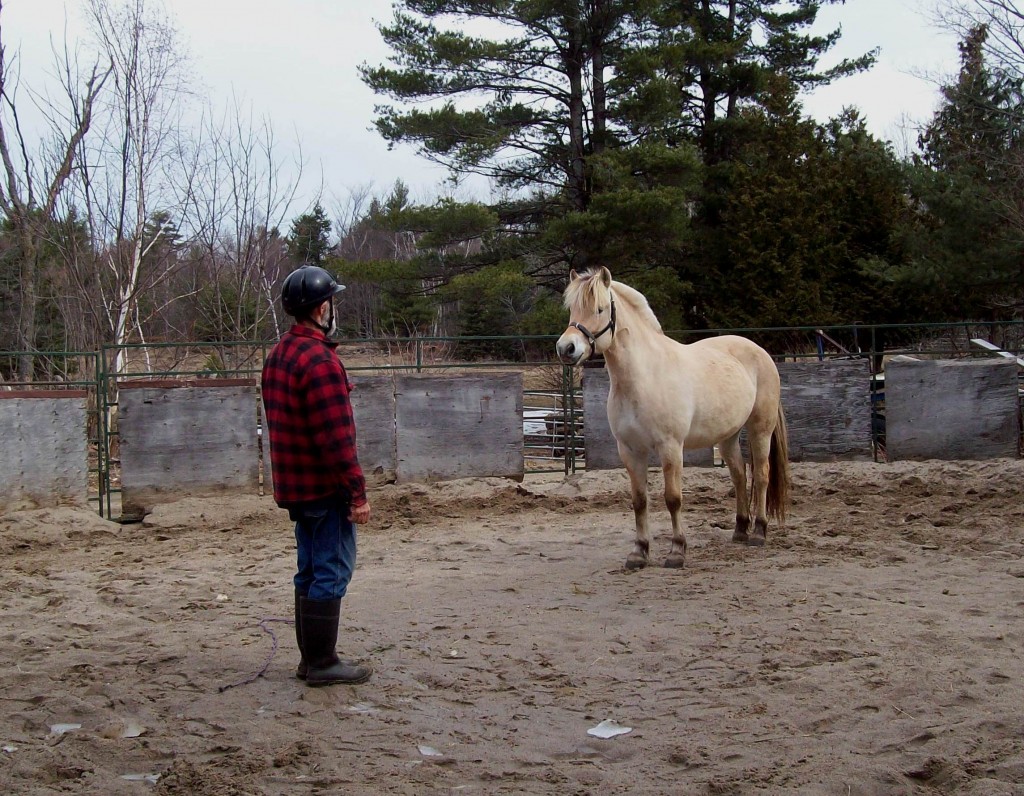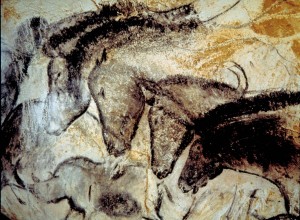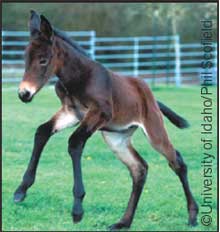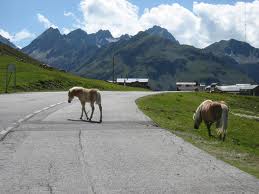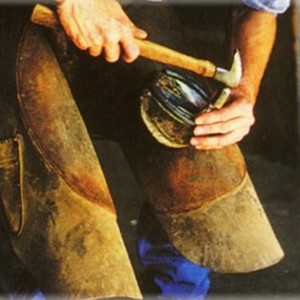Most people hear the term “breaking” in reference to horse training and immediately jump to the conclusion that it is cruel or hostile. This simply is not the case. Breaking refers to the the tactics utilized in order to evoke submission from one’s horse. Submission can come in two forms, however – submission from fear, or from respect.  The submission from fear is what gives breaking such a negative connotation; but, a horse broken from fear is not an enjoyable horse to have – for this fear permeates ever aspect of the horses relationship to its owner. Certainly, the horse will obey, but it will live in constant terror. This is the kind of training that is frowned upon.
The submission from fear is what gives breaking such a negative connotation; but, a horse broken from fear is not an enjoyable horse to have – for this fear permeates ever aspect of the horses relationship to its owner. Certainly, the horse will obey, but it will live in constant terror. This is the kind of training that is frowned upon.
To most horse owners, breaking out of fear is crude and outdated. Because we know so much more about horses now, we can teach them to submit out of respect. This respect, like the fear, will seep into all aspects of the relationship, not simply just riding. 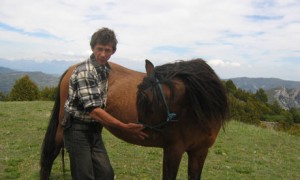 Thus, no matter what one is doing with the horse, the animal will respect and trust him or her without question.
Thus, no matter what one is doing with the horse, the animal will respect and trust him or her without question.
This video displays a group working on breaking a set of young horses. As you can see, they work with the ropes at a distance, allowing the animal to get the hang of the rope before they associate it with the trainer. When the horses fight it out, eventually they begin to relax. At this point, the trainer is allowed to approach the animal, offering a release of tension on the rope. The release of tension is associated with the approach of the trainer, indicating to the horse that the trainer is in a sense rescuing them from the discomfort – a big step in developing trust. When the horse is settled enough with this, the saddle is put in place.
The fact that someone can get a saddle on the horse does not indicate that they should just jump right on and ride it. Rather, the horse is allowed to run in a circle, getting used to the feel of the equipment. Breaking a horse cannot be a rushed process, for hastiness will usually result in fearful submission. The animal cannot take everything we throw at it all at once. However, small steps at introducing the expected concepts will show the animal that it does not need to fear the process. The key is to develop trust in each step. Only then will the horse respect you and only then will you see it fully broken in and ready for riding.
Here’s a good summary of the steps to breaking your horse!
Breaking does not have to be brutal. The technique can be constantly modified in order to evoke the proper response without the pain or fear of either party.



